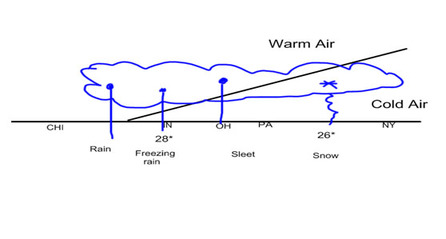Tonight for your blog will be a three part blog. Please read the directions carefully to ensure you meet all of the expectations!
Scroll down through the entire post. there are THREE parts!
Part 1
Answer two of the following questions:
-Why can’t a rain drop turn to snow?
-Why do snowflakes come from?
-Why isn’t ice slippery
-What do you find inside hail?

Look at the following picture. Make 2 observations and 1 inference.
What are 2 questions that you still have? Explain why you want to know more about these things!
 RSS Feed
RSS Feed